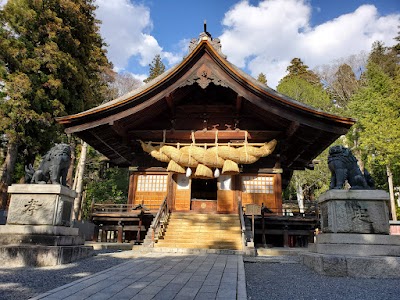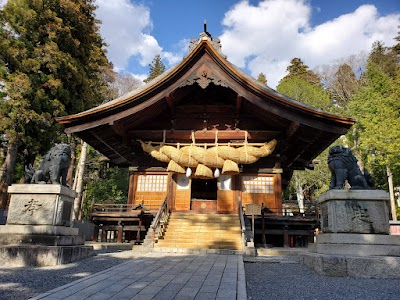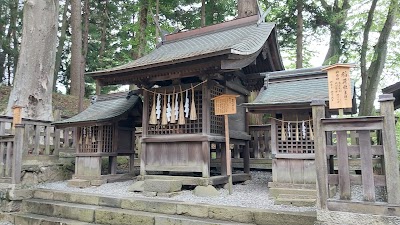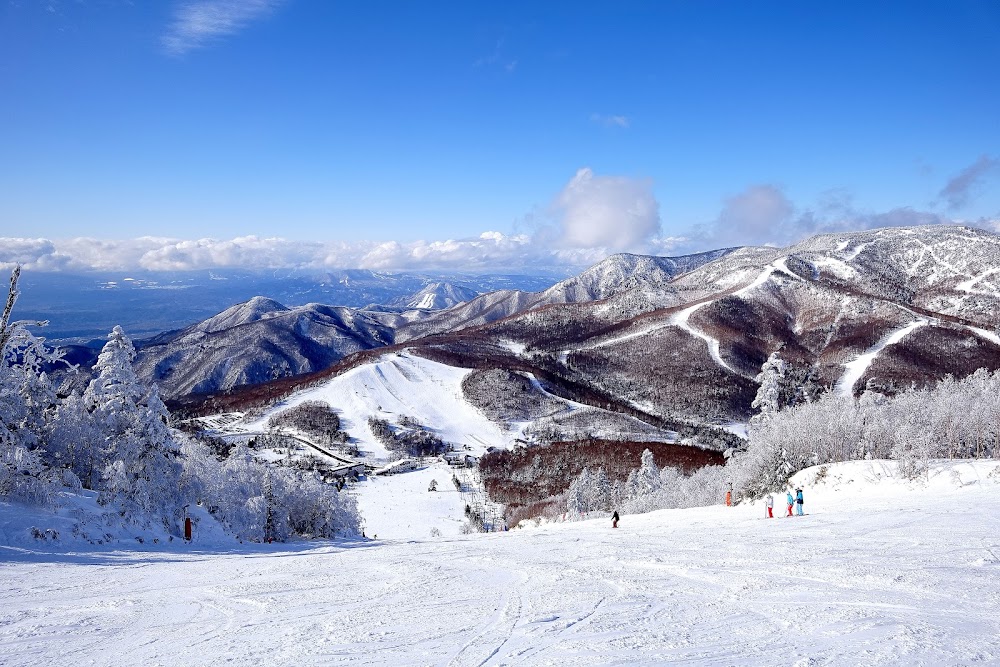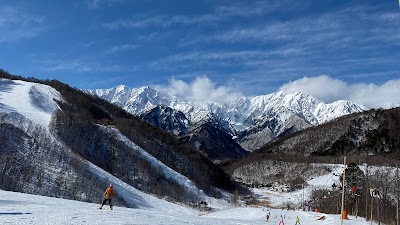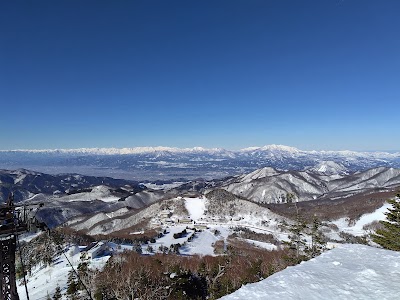Suwa Taisha (諏訪大社)
Related Places
Overview
Suwa Taisha, nestled in the stunning Nagano Prefecture of Japan, is one of the nation's oldest and most revered Shinto shrines. Also known as Suwa Grand Shrine, this sacred site holds a vital place in both the cultural and spiritual fabric of Japan. Comprising four distinct shrine complexes—Maemiya, Honmiya, Harumiya, and Akimiya—Suwa Taisha is a testament to Japan's rich religious heritage, each complex offering its own unique ambiance and significance.
Historical and Mythological Origins
The origins of Suwa Taisha are deeply intertwined with Japanese mythology and history. Established in the 7th century, the shrine is dedicated to Suwa Myojin, a deity linked to wind, agriculture, and warfare. Its roots extend even further, connecting it to ancient nature worship practices. The Suwa region has long been a sacred area, with archaeological evidence suggesting ritual activities dating back to prehistoric times.
The Onbashira Festival
One of the shrine's most captivating features is its role in the renowned Onbashira Festival, celebrated every six years. This exhilarating event involves transporting massive tree trunks, known as onbashira, from the nearby mountains to the shrine. Participants, undeterred by perilous conditions, haul these colossal logs down steep slopes and across rivers, symbolizing the renewal of the shrine's divine spirit. The festival showcases human strength, endurance, and devotion, attracting thousands of spectators and participants from around the globe.
Spiritual Significance and Unique Complexes
Suwa Taisha's spiritual importance extends beyond its festivals, attracting pilgrims and worshippers year-round. Each of the four shrine complexes has its own distinct character. Maemiya and Honmiya, located on the south side of Lake Suwa, are closely tied to the shrine's historical and mythological origins. Honmiya, believed to be the oldest complex, houses revered artifacts and ancient trees, creating a tranquil atmosphere. In contrast, Maemiya, thought to be the original site of worship, offers a more intimate experience with fewer visitors.
On the north side of Lake Suwa lie Harumiya and Akimiya, each boasting unique characteristics. Harumiya is celebrated for its architectural beauty and serene surroundings, shaded by ancient cedars that provide a peaceful retreat for contemplation. Akimiya, the fourth complex, is known for its well-preserved buildings and sacred objects. Together, these shrines embody the continuous cycle of rituals and ceremonies that define Suwa Taisha's religious life.
A Cultural Experience for Tourists
For foreign tourists, visiting Suwa Taisha offers more than just a glimpse into Shinto practices; it is an immersive cultural experience. The shrine's grounds are inviting and well-maintained, making them accessible for visitors of all ages. Informational signs in multiple languages enhance understanding, allowing non-Japanese speakers to appreciate the significance of various structures and rituals. The surrounding town of Suwa also features numerous attractions, including hot springs, museums, and breathtaking views of Lake Suwa and the nearby mountains.
Natural Beauty and Spiritual Atmosphere
One intriguing aspect of Suwa Taisha is its harmonious blend of sacred and natural elements. Set against a backdrop of lush forests and tranquil waters, the shrine embodies Shinto beliefs in the spiritual power of nature. Many visitors find that the area's natural beauty complements the spiritual ambiance, creating a serene space for reflection and tranquility.
Accessibility and Regional Exploration
Suwa Taisha's accessibility is another reason for its popularity among tourists. Located just a short train ride from major hubs like Tokyo and Nagoya, the shrine is easily reachable. Local transportation options, including buses and taxis, provide convenient access to all four shrine complexes. For those wishing to explore the region further, there are opportunities for hiking, boating, and experiencing traditional Japanese ryokan inns.
In conclusion, Suwa Taisha is not only a significant religious site but also a cultural treasure of Japan. Its rich history, vibrant festivals, and peaceful natural setting make it a must-visit destination for anyone traveling to Nagano Prefecture. Whether you are drawn by its spiritual significance, historical intrigue, or simply the beauty of the surrounding landscape, Suwa Taisha promises a memorable and enriching experience.


